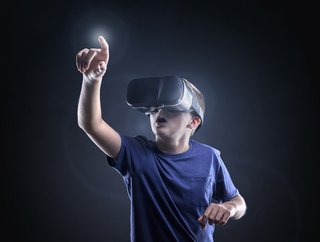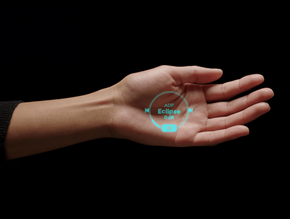The 1960s to the VR revolution: The history of VR headsets

With the concept of the metaverse increasingly in the spotlight, VR headsets have undergone a transformation from gadgets to ways to enable experiences that transport them into new, virtual realms.
Launched in November, Meta says its Quest Pro headsets offers high-resolution mixed reality, empowering users to engage effortlessly with the virtual world while maintaining presence in their physical space.
And Apple, long rumoured to be launching a VR headset of its own, is set to combine augmented reality (AR) with VR with its as-yet unannounced device.
Below, we take a look at the history of VR headsets.
1968: First head-mounted VR display
The first VR head-mounted display (HMD) system, The Sword of Damocles, is invented by computer scientist Ivan Sutherland and student Bob Sproull. Connected to a computer, it is capable of showing simple, virtual wire-frame shapes that change perspective when the user moves their head.
1991: Playing in a 3D world
Virtuality is launched: VR arcade machines where gamers can play in a 3D-gaming world. Virtuality pods feature VR headsets and real-time immersive stereoscopic 3D images, and can be networked together for multi-player games.
The same year, SEGA reveals it is working on a VR headset of its own.
2010: First prototype of Oculus Rift
Entrepreneur Palmer Luckey creates the first prototype of the Oculus Rift headset. It features a 90-degree field of vision and relies on a computer's processing power to deliver images to the user.
Two years later, Luckey launches a Kickstarter programme that raises US$2.4mn.
2014: Developments in commercial VR
Oculus is bought by Facebook for US$2bn. The same year, Sony announced it is working on Project Morpheus, a VR headset for the PlayStation 4 (PS4).
Meanwhile, Google releases the Cardboard – a do-it-yourself stereoscopic viewer for smartphones – and Samsung announces the Samsung Gear VR, a headset that uses a smartphone as a viewer.
2019: Shift to standalone headsets
The shift from tethered to standalone VR headsets represents a major shift. Also this year, Road to VR reports that the monthly-connected VR headsets on Steam surpassed one million for the first time.
Nintendo enters the VR market with the Labo: VR kit for Nintendo Switch.
2022: Quest Pro moves into VR/AR
Meta’s Quest Pro, according to the company, represents a whole new way to work, create and collaborate. Revealed at Meta Connect 2022, the headset marks a shift away from more traditional virtual reality into one that blends virtual and augmented reality pioneered by devices such as Google Glass.






